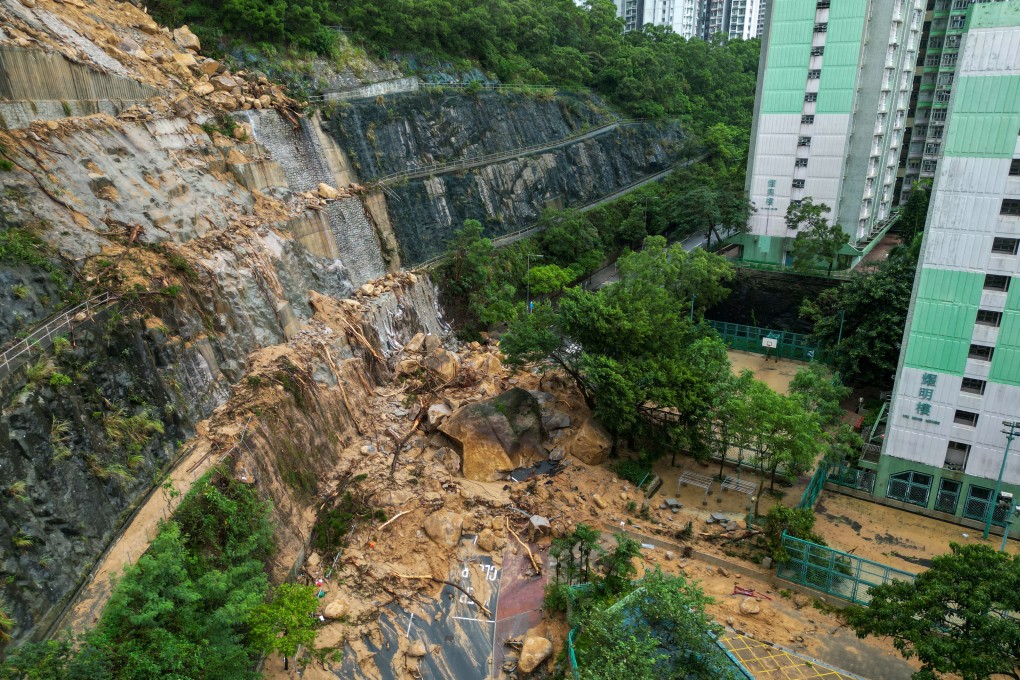Hong Kong slopes at crucial choke points to get priority for work to reduce risk of landslides
- Government engineers say slopes near sole access points and busy roads will be singled out for remedial work to reduce landslide risk
- News comes as Legco papers reveal original HK$8 billion cost of improving drainage across city has gone up to HK$9.5 billion

Engineers said on Monday they would carry out further inspections and maintenance of drainage systems on 1 per cent to 2 per cent of the slopes by the end of this month in an effort to minimise the risk from rainstorms.
The news came as Legislative Council papers, in a related development, revealed that the estimated HK$8 billion (US$1.02 billion) budget allocated to pay for improved drainage in some districts had gone up by 18.7 per cent to HK$9.5 billion.
Lawrence Shum Ka-Wah, the deputy head of the Geotechnical Engineering Office on Hong Kong Island, said staff would prioritise man-made and natural slopes where problems would have greater impact on people’s lives, such as sole access points.
“Around 1 to 2 per cent of the 500 slopes needed maintenance work, including ones of Shek O Road, South Lantau Road, New Clear Water Bay Road and so on,” he said.